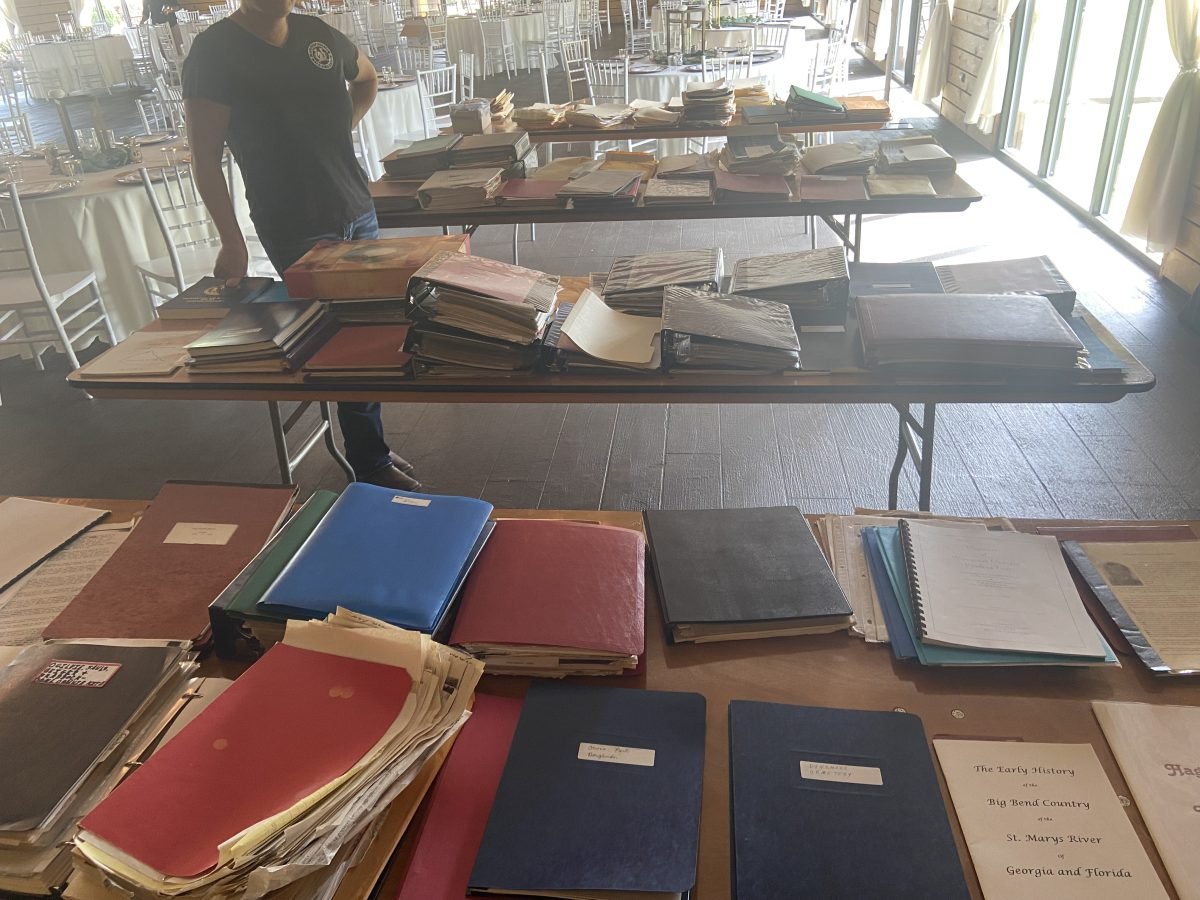Crafting an Effective Plan for Organizing Genealogy Materials
After assessing your genealogy materials, the next step is to create a plan for organizing them. A well-thought-out plan will make the process smoother and more efficient, enabling you to easily access and understand your family’s history. In this article, we’ll guide you through the essential elements of crafting an effective plan for organizing your genealogy materials, ensuring a successful and enjoyable project.
Establish your organizational goals:
Determine the primary focus of your organization efforts. You may choose to organize the materials by generation, family line, or geographic location, or you may combine these approaches. Consider the themes and patterns you identified during the assessment stage, as they can help inform your decision. Your organizational goals will serve as the foundation for your entire plan.
Identify categories and subcategories:
Based on your organizational goals, identify the main categories and subcategories that you will use to sort the materials. For example, if you are organizing by generation, your main categories could be the generations themselves, while subcategories might include different types of records, such as birth certificates, marriage records, and photographs.
Develop a labeling system:
Create a consistent and intuitive labeling system for your folders, binders, and documents. Use clear and concise labels that indicate the category, subcategory, and any other relevant information, such as names or dates. Consider using color-coded labels or tabs to make it easier to visually identify different categories or family lines.
Plan for future additions:
Ensure that your organizational plan is scalable and adaptable, allowing for the incorporation of new materials as your research progresses. Design your system to accommodate updates or additions without disrupting the overall organization.
Create a reference guide:
Document your organizational plan in a reference guide, outlining your goals, categories, subcategories, and labeling system. This guide will serve as a valuable resource as you work through the organization process, ensuring consistency and clarity.
Consider digitization and software tools:
As part of your plan, explore options for digitizing your materials and using genealogy software to manage your family tree. Digital archives can help preserve your materials and make it easier to share information with family members. Many software applications, such as Family Tree Guide, Roots Magic and Gramps, offer tools to help you create and maintain digital family trees.
Set a timeline and milestones:
Establish a realistic timeline for your organization project, including milestones for completing specific tasks or categories. Break the process down into manageable steps and set deadlines to help you stay on track and maintain momentum.
Creating a comprehensive plan for organizing your genealogy materials is a crucial step in building a well-structured family history project. By establishing clear organizational goals, categories, and a labeling system, you’ll set the stage for a successful and rewarding genealogy journey. Remember to be flexible and adaptable, as your research and discoveries may necessitate adjustments to your plan along the way.

